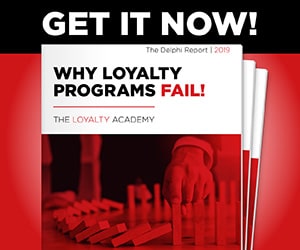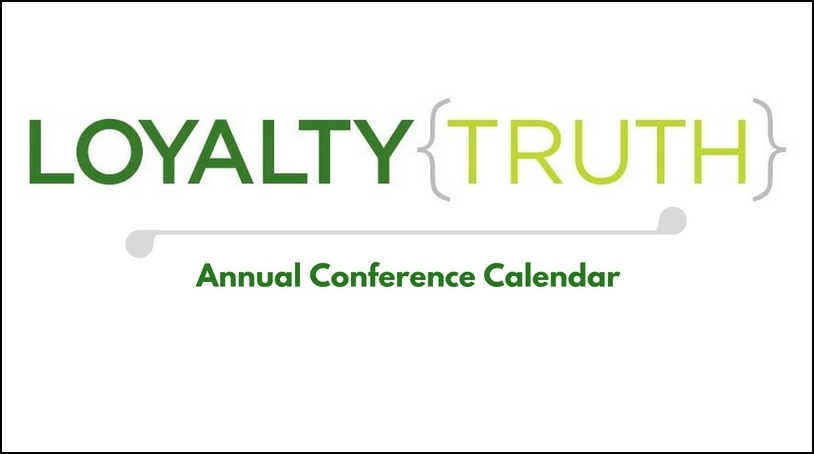Attending the National Restaurant Association show recently, I solidified some perspectives on social couponing and collective buying schemes in a post here. The buzz from domestic restaurant marketers over how best to leverage collective buying sites such as Groupon, Living Social, Facebook Deals, and the myriad of copycats that have emerged over the past 3 years has been intensified with Groupon’s announcement of its IPO.
Commensurate with news of the IPO were published articles on the “checkered past” of Groupon’s Chairman, Eric Lefkofsky, and new articles documenting Groupon “merchant disasters”. For
For
restauranteurs and merchants alike, I thought it was time to share a brief guide aimed to optimize your social couponing efforts. If you’d like to learn more or talk in full depth on the subject, feel free to be in touch with myself or Hanifin Loyalty.
There are a series of work phases to engage in order to successfully execute a social couponing promotion:
- Pre-Planning
- Operational Considerations
- Post-Event Evaluation
- Communication & Next Steps
Pre-Planning
To properly evaluate and offer construct, consider the seasonal time-frame for the offer and build projections and financial models to support back-end evaluation of response profitability.
Include the following items in your consideration set as you build a financial projection for the promotion:
- Projected number of responses across eligible time-frame
- Average value of sale
- Number of customers carried along with coupon event – buyer plus
- Normal sales, traffic counts for time-frame
- Gross, net margin
- Incremental/complimentary sales – up-sell, cross-sell
- Incremental expense – personnel, cost of goods, logistics, new systems, accommodations/concessions to satisfy customer experience
Operational Considerations
Once a promotion is evaluated and justified, the details of execution must be analyzed. Take these steps to meet with success in market execution:
- Consider what it will take to support any spike in traffic and customer seating to deliver a consistent customer experience for all patrons. Both patrons whether redeeming a collective buying coupon and paying full price should be accommodated in a manner to complement your brand.
- Inform your staff prior to the coupon going live so that they know what to expect. Good communications will ensure that your front-line associates are not only prepared for a possible new customer onslaught, but will greet customers with a smile.
- Address any legal terms and conditions that you want to put into place to protect your return on investment, while maintaining the integrity of your customer service philosophy. Don’t comprise customer friendly and easy/fast/fun just for the sake of running the promotion.
- Include your suppliers in pre-promotion planning and tactical execution plans to ensure you have sufficient provisions and inventory to meet customer demand. You certainly don’t want to run short on product supply, putting yourself in position to create backorders and issue “make-goods”. Remember this is an opportunity to gain new customers, so be certain you will be able to delight them, in turn encouraging return visit. Do this well and you will hopefully create an army of brand advocates through reviews and referrals via FourSquare and fans/likes on Facebook.
Post-Event Evaluation
No direct or loyalty marketer is worth their skin unless they measure results and know how to do better next time.
Let’s assume you survived what felt like an enormous volume of traffic and that your wait staff reported lots of new faces making a store visit. By all reports, the promotion registered positive results.
Now what? Specifically, what do you measure to gain confidence for the next time?
- Was there any buzz in the form of reviews or Likes on Facebook?
- Were there any negative comments on blogs during the redemption time-frame that related to the offer?
- How much was redeemed and what was the breakage rate?
- What tender was used for payment? This helps for future promotional tie-ins with credit card issuers.
- Can you tell who redeemed, how many customers were new, how many have returned for second visit?
- Did you meet or exceed your financial projections? Was it a positive return on investment?
Communications & Next Steps
The cardinal sin in social couponing is to be “one and done”. To build sustainable impact for the business, you must commit to doing this more than once. What did you learn from your first dive into the deep end of the pool and, assuming you didn’t drown, what’s next?
- Leverage insight on those who redeemed and adapt or personalize your e-mail communications to take advantage of what you learned. Make all communications as relevant as economically possible and as your data permits to improve open rates, click-thru in order to see new profitable transactions.
- Are any new customers acquired having a birthday soon? Any new customers acquired having an anniversary or special event (graduation, etc.)? What will you do to create a stronger relationship with these folks?
- Adjust the timing of the redemption window to best suit your seasonal traffic patterns
- Gain new insight by incorporating a link to a survey page so you can learn more about your customers and other members of their household
- Support franchisees with personalized communications custom to their location
- Consider incorporating community events into your next wave of digital couponing. Choose from events unique to your location, whether music, promotional giveaways tied to beverage partners, or something else.
- Adapt learnings from the coupon event to test/learn on new offers. Consider changing the threshold offer spend or offer something free. In either case, base your numbers on what was observed in the last transaction
Beyond good execution of your collective buying experiment, think about how you can use the platform to create additional offers that will strengthen customer engagement and build longer term customer loyalty. For restaurants, you might consider offering a complimentary benefit for dining with you again, or create a package offer with music or entertainment partners in the area.
Collective buying isn’t a strategy, it’s a tactic that, when solidly executed, can yield good results for a business. Following these steps in planning and execution will improve the chances of success and create a foundation for future promotional enhancements.
 Previous Article
Previous Article



